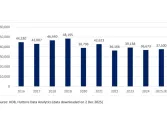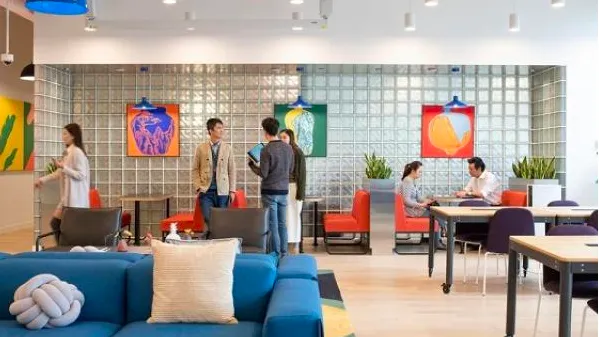
See how Singapore’s flex space market is recovering from the pandemic
Flex workspaces now have average occupancy rates of 80-90%.
According to CBRE Research, the flexible workspace market in Singapore is bouncing back to life after the temporary pause in 2020 to 2021 due to the pandemic.
The strong average occupancy levels seen by Q3 2022, has given flex business more confidence and encouraged operators to source for new sites.
Here’s more from CBRE:
With the reopening of Singapore’s borders and resumption of back-to-office arrangements, the occupancy at flex space centres has recovered from the average of 50% to 60% during the course of the pandemic, to a healthy level of 80% to 90% on average by Q3 2022.
Leasing volume by flex operators in office space amounted to 0.15 mil sq. ft. in just the first nine months of 2022, overtaking 2021’s full year volume of about 0.12 mil sq. ft.
While flexible workspaces are concentrated in the Core CBD and will remain essential to office networks, operators will need to respond to corporate diversification to locations outside CBD, including decentralised areas, to cater to a more distributed workforce.
Occupier demand remains firm
The maturity of the flex space market and the importance of portfolio flexibility arising from uncertainty brought about by the pandemic, has seen interest for flex spaces growing, also because it can reduce overall capital expenditure and provide interim solutions for a dispersed workforce.
According to CBRE Research’s latest 2022 Office Occupier Survey, Tricia Song, Head of Research, Southeast Asia, revealed that, “73% of respondents in Singapore utilised flex space, as compared to 53% in Asia Pacific. By 2024, almost all companies will have flexible work arrangements. 17% of respondents stated that flex space will account for 26-50% of the portfolio by 2024, up from 3% currently.”
David McKellar, Co-head of Office Services, Singapore, says, “Recent staffing announcements in the tech sector, as well as companies generally looking to optimise their workplace in a hybrid working era means that the flex sector will benefit while companies plan for the future. We continue to see an influx of new-to-market firms and considering the speed to market, capex neutrality and flexibility; flex spaces will serve as an attractive option.”
Diversified flex space solutions for firms to adopt
To cater to firms at different stages of their business growth, flex operators are continually evolving alongside occupier demand by repositioning pricing and membership models, diversifying locations and enhancing technology. The growing demand for flex spaces has led to increasing sizes of centres over the years too.
Centre sizes averaged at 9,590 sq. ft. in 2013 and have more than doubled to 23,058 sq. ft. in Q3 2022, to accommodate a higher proportion of private suites, larger areas for hotdesking and community-building elements that offer members space to socialise and network.
Growth is imminent, but rising headwinds could slow expansion
While the overall demand for office spaces could slow down in the near term on the back of rising global economic headwinds and more conservative corporate real estate demand, flex operators could take this opportunity to acquire new sites and expand, as the flex space market looks set for further growth owing to the growing demand.
Sidharth Dhawan, Senior Director, Agile Real Estate Services, Asia Pacific, concludes, “Viewing it from a supply perspective, flex space will continue to play a vital role in landlords' amenity strategies. When it comes to demand, flex space will complement a variety of occupier use cases, including headcount fluctuation, capex avoidance, and hybrid office strategies. These are interesting times for the sector.”
Click here to download CBRE Singapore’s Viewpoint – Singapore’s Flex Space Market Bounces Back.


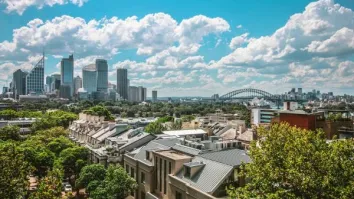

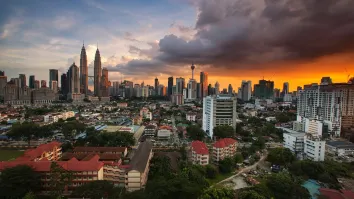
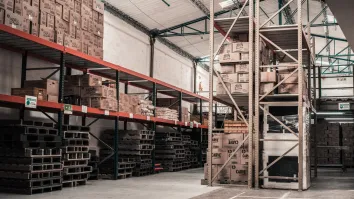

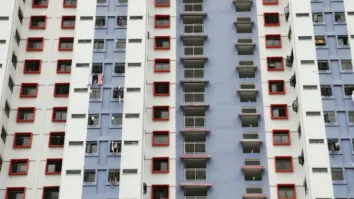

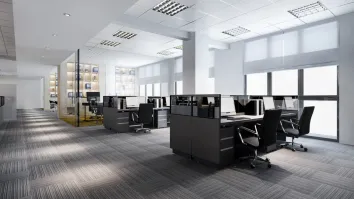



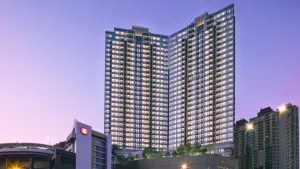
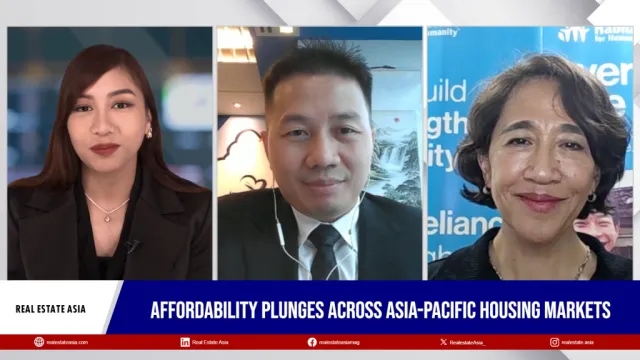
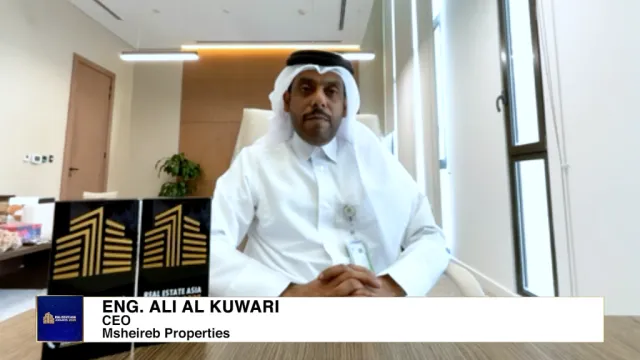
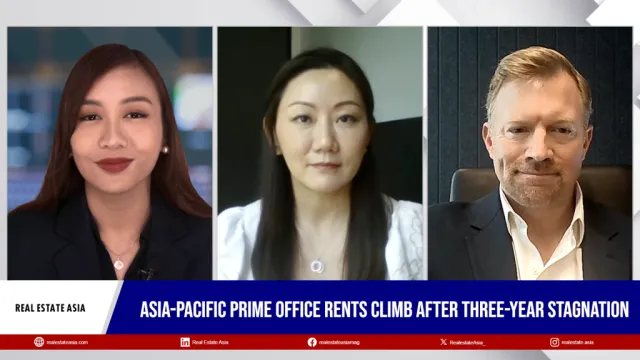

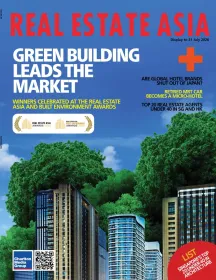
 Advertise
Advertise
